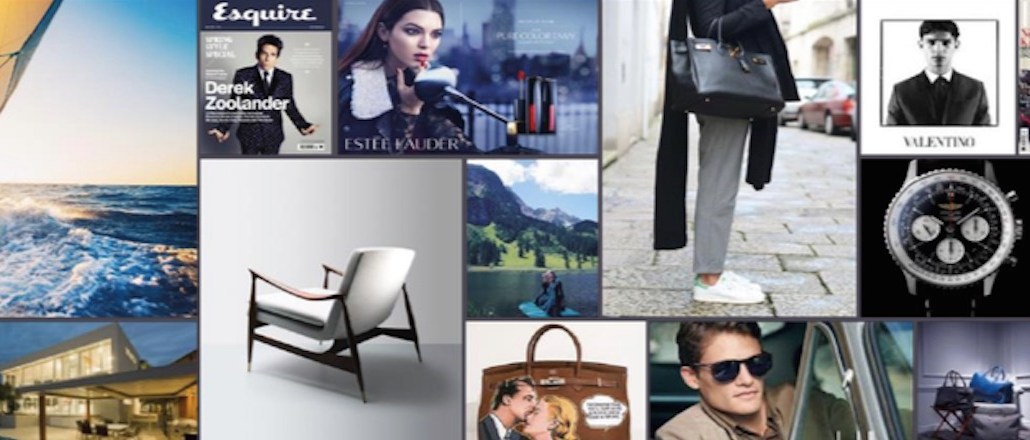Connect with execs from The New York Times, TIME, Dotdash Meredith and many more

There’s a fine line for luxury brands balancing a tradeoff between the accessibility of digital and the exclusivity of something that’s meant to be special.
“Many luxury brands have a 200-year-old heritage,” said Dan Hagen, chief strategic officer at Carat, who notes that the biggest challenge for incumbents is keeping up with digital media channels. “A big change is in the corporate culture of becoming more transparent and taking a more experimental approach.”
The trouble is that this transparency is at odds with many luxury brands’ cultural heritage.
“Many luxury brands, like watchmakers, have retained a competitive advantage by keeping secret how they manufacture their products and keeping that mystique,” Hagen said. “It’s not about exclusiveness in how they operate but about what exclusiveness they can bring to me.”
Exclusivity is an important facet of what’s perceived to be luxurious. Hearst examined generational attitudes toward luxury brands across millennials, Generation X and Boomers, and found that 54 percent of U.K. millennials feel that when a luxury brand becomes accessible, it loses its appeal (compared to 32 percent of Boomers).
Of course, there are digital ways of maintaining that exclusivity, whether it’s Everlane opening up private Instagram accounts, or Burberry offering exclusive content through Snapchat.
“Mr Porter does a good job at creating a sense of experience and personalization around product recommendations, product descriptions and product delivery, which features the recipient’s name as its logo,” said Tammy Smulders, managing director of Havas LuxHub, the group’s luxury brand division. “As a retailer, it’s good at getting to know its customer; of course that builds loyalty.”
Hagen explains that Carat’s client The Swatch Group is starting to use Instagram “sparingly,” and most posts are getting thousands of likes.

“That’s a source of data,” he said. “We can then start stitching together other data to find out which of those thousands of likes will buy four of those watches in a year, perhaps on their lunch break, and which will save up for 10 years to afford it.”
“To maintain that luxury brands can start thinking of media as a service,” he said. Swatch can tailor its messaging to each of those customers. The former may want a delivery service to their desk on their lunch break, while the latter will bring better value to the brand by being offered a payment plan. “If this is offered to them a year before they planned, then that opens up the market a year earlier,” said Hagen.
Images via Hearst.
More in Marketing

In Graphic Detail: Inside the state of the creator economy industrial complex
The creator economy might have started out as an alternative to traditional media, but is becoming more and more like it as it professionalizes.

Shopify has quietly set boundaries for ‘buy-for-me’ AI bots on merchant sites
The change comes at a time when major retailers like Amazon and Walmart are leaning into agentic AI.

WTF is ‘Google Zero’?
The era of “Google Zero” — industry shorthand for a world where Google keeps users inside its own walls — is here.





